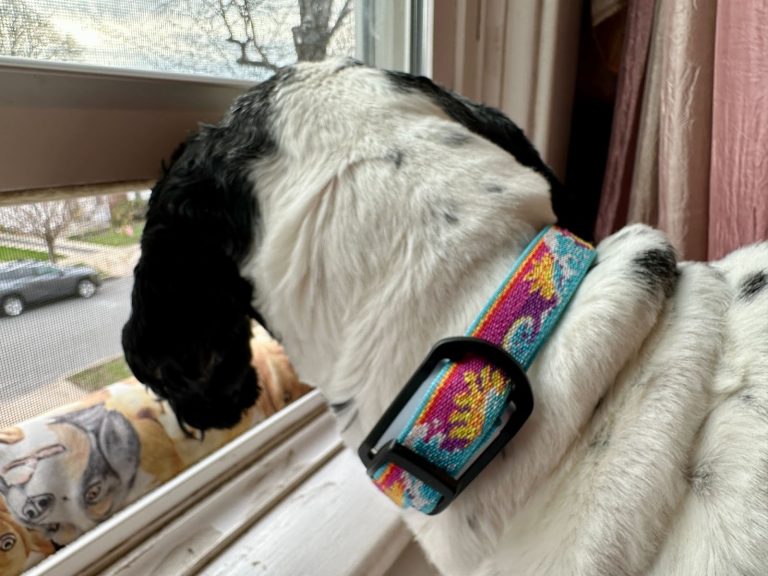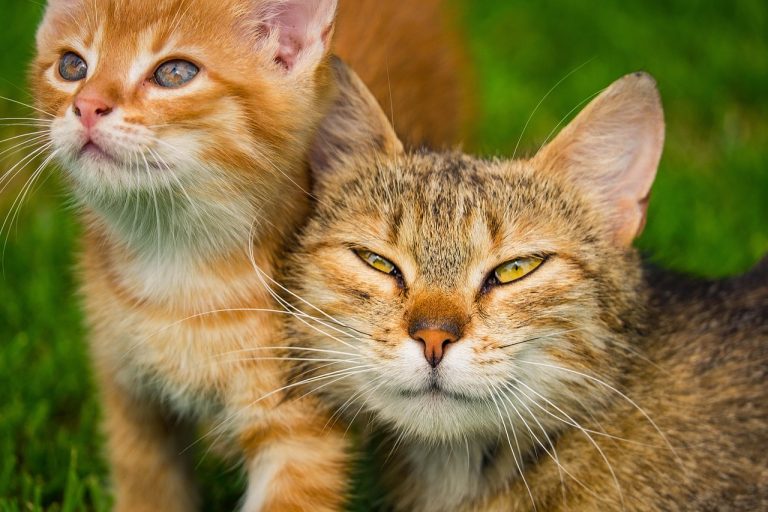Can Glow Sticks Kill Cats or Dogs?
Glow sticks are common at parties, carnivals and even Halloween, but what happens if your dog or cat chews on one?

We often see glow sticks at parties, festivals, carnivals, haunted houses and even hiding in the bushes during Halloween.
These bright, neon-colored accessories are worn, held for light or used as a simple party favor, but they are not without their dangers. Glow sticks are frequently used during Halloween for visibility and safety.
The particular danger worthy of a closer look is the health risk that glow sticks pose to cats and dogs.

Don’t leave your pet’s safety to chance
Sign up for Petful recall alerts today.

Can Glow Sticks Kill Your Pets?
Glow sticks contain an oily liquid called dibutyl phthalate, an ingredient often used in manufacturing vinyl. Called DBP, the liquid may be clear or colored and has a bitter taste. That bitter taste will be the first thing your pet notices after biting or breaking open a glow stick.
The liquid is not considered to be fatal or poisonous if ingested — although some veterinarians warn of toxicological tests that showed problems and organ damage in younger pets:
- Developmental problems in young animals
- Damage to the kidney, liver or reproductive organs
- Pregnant or nursing animals can pass on the effects to their offspring
There are quite a few things to consider if your dog or cat has broken a glow stick or consumed any of the liquid. Each pet is different and may react differently based on their species, weight, age and amount of ingestion.
Additionally, some glow sticks also contain a glass vial that is broken to activate the liquid’s glowing feature. These small glass vials or pieces of them may be consumed by a pet, and complications may escalate beyond the symptoms typically associated with ingesting DBP liquid.
Next, we’ll discuss what you might expect to happen if your cat or dog has swallowed the liquid in a glow stick.
Symptoms
The outer material of a glow stick can cause an obstruction, and both inner and outer materials can cause these symptoms alone or collectively:
- Vomiting
- Blood in the stool
- Excessive drooling
- Agitation or aggression
- Gagging or heaving
- Skin irritation
- Eye irritation
- Diarrhea
- Loss of appetite
- Dehydration
- Hyperactivity
- Foaming at the mouth
These symptoms can aggravate any existing health conditions in dogs and cats.
Treatment
Examine the glow stick to determine how large it is, if it contained a glass vial for activation, and to estimate how much you think your pet might have ingested.
For high quantities, you should take your pet to your veterinarian. In fact, if you have any doubts, it’s better to err on the side of caution and contact your vet.
The biggest reaction from a pet eating a glow stick usually comes from the awful taste that can remain in your pet’s mouth. Use a soaked towel to wash the tongue and rinse the mouth (do not use soap). You can also offer liquid or food to help dissipate the taste:
- Milk
- Canned food
- Treats
- Tuna (in water)
- Chicken stock
Wash the body to remove any additional liquid that may have made its way onto your pet’s coat. This liquid can be reabsorbed during self-grooming. Cats tend to ingest more than dogs this way because of their frequent grooming habits.
Tip: If you are not sure if any residue is left on your pet, turn the lights off or take your pet into a dark room to see if any part of your pet glows.
So, in short, the liquid in glow sticks won’t likely kill a cat or dog, though it can sicken them. Be aware of where you use and store glow sticks, and dispose of them after use in a place inaccessible to your pet. Keep in mind that cats can get into many more places, high and low, than dogs can reach.
Additional Resources
- Pet Poison Helpline
- ASPCA: Glow Jewelry








